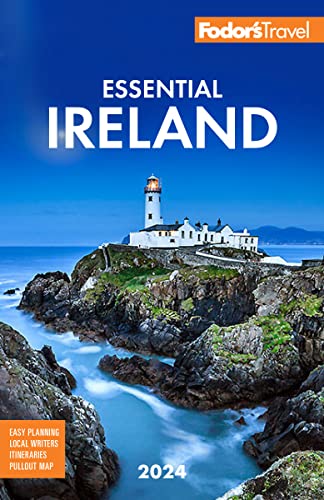Cork's city center is in a valley that's spread over 13 islands where the River Lee splinters and meets again, while its suburbs are located in the surrounding hills like the seating of a giant amphitheatre. With humble 6th century origins as a monastic settlement, the major development occurred during the 17th and 18th centuries with the expansion of the butter trade, and many attractive Georgian-design buildings with wide bow-front windows were constructed during this time. As late as 1770, Cork's present-day main streets—Grand Parade, St. Patrick’s Street, and the South Mall—were submerged under the Lee. Around 1800, when the Lee was partially dammed, the river divided into two streams that now flow through the city, leaving the main business and commercial center on an island, not unlike Paris's Île de la Cité. As a result, the city has a number of bridges and quays, which, although initially confusing, add greatly to the port's unique character.
Corkonians–-as Cork City people are known–-are famed for loyalty to their city, which has its own national newspaper, The Irish Examiner; its own stout, Murphy's; a lively artistic and literary community; and famous offspring, from the labor organizer Mother Jones (1837–1930) to rock guitarist Rory Gallagher (1948–95), actor Cillian Murphy, and soccer manager Roy Keane. But depending on what part of town you're in, Cork can also be distinctly itself—the sort of place where hipsters, accountants, and farmers drink at the same pub.




